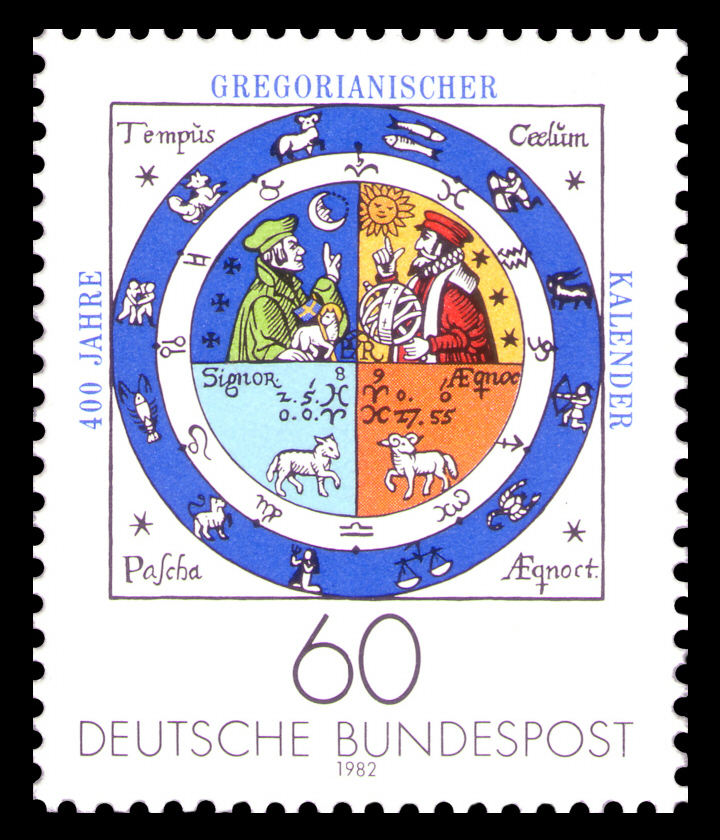
Prometheus may have stolen fire, but ancient Greeks also believed that water stole time. Early clocks used water, acquiring the technical term, clepsydra, from ancient Greek “klepto or steal” and “hydor or water.” Water clocks measure time by regulating and measuring the drip rate into a vessel.

Popular across the world from China, Egypt, and Persia, the clepsydra was one of the first ways in which humans measured time in exact increments. Water clocks became so sophisticated and complex that they were able to adjust rates of water flow for solar and lunar orbits.

Water clocks could adjust and measure seasonal length of daylight to regulate agricultural cycles. Al-Jazari’s castle clock is said by some to be the world’s first programmable analog computer.
Water clocks were technological possessions prized by those who ruled and managed. When Caliph al-Mansur founded a new capital of Persia, Madinat as-Salam, “City of Peace” in the Islamic calendar year 145 (ce 762). The city, now known as Baghdad, flourished. When fifth Caliph Harun al-Rashid (ruler from 786 to 809 ce) of The Arabian Nights came to power, the city was reputed to be the wealthiest of the world. It was known for a balance of commerce and agriculture, the latter advanced by use of the water clock regulating drawing of water by farmers. The device was entrusted to and managed by an appointed elder who kept irrigation timetables. Caliph Harun al-Rashid visited Roman Emperor Charlemagne, bringing gifts including a water clock so delicate that it had to be conveyed in parts and assembled on site, prior to a live demonstration of this new technology of time.

For Charlemagne, who surrounded his court with scholars and teachers including Alcuin, and who is often credited with founding the earliest universities, the water clock was a revelation so important it was recorded in the Royal Frankish Annals.
Charlemagne, as king of the Franks and emperor of Rome, was part of a lineage that valued precise measurements of time. But these measurements were of the year. It was Julius Caesar who, on 1 January 45 (bce) refined the Roman calendar to be more consistent with the solar cycle. The Julian Calendar had three years of 365 days, followed by a fourth with a leap day as the final in February. The succeeding Gregorian calendar fine-tuned the system that much of the world follows today.

Since then, leap day has inspired traditions. Brigid of Kildare commented to Patrick of Ireland (both canonized and now addressed as Saints), in the 5th century ce, that women’s rights were not equal to men’s, as evidenced by the tradition that men propose marriage yet the union required true partnership. Patrick agreed that women could and should propose, but limited that freedom to one day per year, on leap year.

France, home of the Eiffel Tower where many marriage proposals are initiated and photographed, took another direction. In 1980, Jacques Debuisson and Christian Bailly launched a tradition of publishing a satirical newspaper La Bougie du Sapeur just once a year, on Leap Day. Only 200,000 copies are printed: there is no digital edition.

How do you celebrate Leap Day? What leap of faith – or frolic – will you take?
Building the World Blog by Kathleen Lusk Brooke and Zoe G. Quinn is licensed under a Creative Commons Attribution-NonCommercial-NoDerivs 3.0 U
